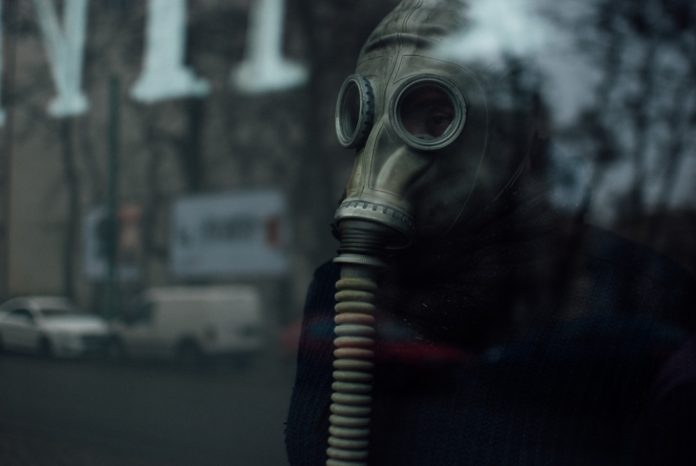Bioterrorism is the act of terrorism with the deliberate use of biological agents such as bacteria, viruses, toxins, and fungi to cause harm to humans, animals, and plants. These can be carried out in several ways by contaminating water and food supplies, releasing pathogens into the air, and injecting the agents directly into individuals or contacting them from infected materials. The consequences of these acts could lead to a minor illness or induction of an epidemic. The biological agents can be easily handled by individuals and by groups aiming at the civilian population, leading to death and mass destruction, which in turn can disrupt the economy of the nations. Bioweapons can be produced in lost cost investments and widespread results; these advantages make them an attractive weapon for terrorists.
- History
The introduction of biological agents was exercised by militaries into the enemy camps as a tactic from the earliest times to win the war. One of the earliest biological warfare was encountered in the 6th century B.C. when Assyrians infected the water supplies with a rye ergot fungus. Drinking this contaminated water caused mental instability, confusion, hallucination, and death in severe infection among their enemies. In the 13th century, many Mongols died at the walls of Kaffa, due to the hurled bubonic plague-infected bodies, which caused the death of over half the population of Europe. Another use of biological warfare is documented in the mid-17th century. During the French war in North America, a British general distributed smallpox-infected blankets to Indians, but there were no measures to prevent the infections among their troops.
During world war I, biological warfare became a scientific strategy due to technological development in the field of bacteriology and virology. Germans developed programs to attack enemies with biowarfare, there are allegations that they infected Italy with cholera and Russia with plague. Likewise, many countries post World War II are working on biological warfare, the British developed Bacillus anthracis and in 1942, the U.S. started working on human pathogens with B. anthracis, their other strains, and pathogens to infect crops. In 2001, 22 people were affected by B. anthracis, where 5 were dead and 11 people were severely infected. These were new strains of B. anthracis and circulated through a letter.
- How prepared is India?
The Indian government has taken several measures to prevent bioterrorism. The national bioterrorism response center (NBRC) is set up to handle bioterrorism threats. Strict regulations and policies are framed to transport the biological agents. The government launched the Integrated disease surveillance program (IDSP) to enhance surveillance of infectious diseases, and outbreaks to detect and respond to them in early stages. The National Institute of Virology (NIV) was set up to work on the research and development of vaccines and antiviral drugs and the government has coordinated with international agencies like the World health organisation (WHO), and the UN to prevent bioterrorism threats and attacks. Awareness programs were launched to educate the public on bioterrorism attacks and personal hygiene among healthcare providers. The Government is stockpiling antibiotics, and vaccines to deal with the outbreaks of such kinds.
- Scope of Preparedness:
The development in biotechnology has made the crafting of biological threat agents so easy and undetectable with common techniques, hence the government has to concentrate and invest in research and development. Detection of the bioterrorism act would be clueless sometimes, it’s important to educate the public on the topic and inform the concerned departments if any suspicious activity has been noticed in public places. The government needs to improve the surveillance mechanisms effectively. Develop emergency response capability, with equipped beds and other medical infrastructures. organising mobile teams of medical professionals and basic medical emergencies. The government needs to work on creating drug and vaccine repositories at convenient locations during the outbreak situation for emergency access throughout the country. The Indian government should participate in international conferences and coordinate with international agencies in companionship with other nations in building strategies against bioterrorism acts.





























